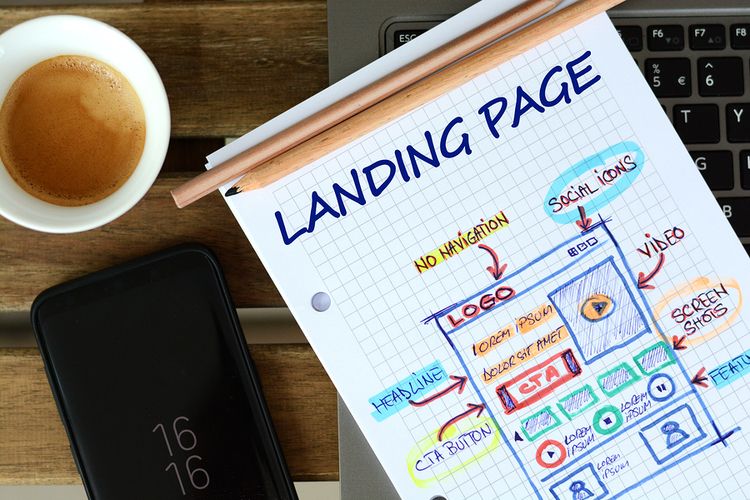Of The 5 Main Types of Business Websites, Can You Identify Yours?
July 27th 2018

Identifying what type of business website you have allows you to really dig into what you want your website to do for you. At SilverServers, we custom design, develop, and manage responsive websites that get attention. Our team is aware that having the right website can give small to medium businesses the mightiest marketing tool in the toolkit. To help you identify where your business website is on the spectrum, consider the 5 main types of business websites listed below. Included are tips for optimizing each type. In the realm of business, avoiding a website identity crisis is a must!
Pre-Sales Informational
1. Pre-Sales Informational (non-converting) websites are driven by content designed to provide information to potential customers on your products or services. These sites may be used for branding purposes, to build product familiarity and name recognition with viewers.
Content may be offered to visitors in the form of blogs, instructional videos, eBooks, White papers, and other informational tools that are not necessarily meant to convert visitors into customers/leads. Sometimes visitors just want to find out how to do something, and then do it themselves.
If your website fits this category, be sure that is what you want. If you want more, you may need to offer your visitors more call-to-action opportunities to make it easy for them to go beyond information seeking.
Sales Informational
2. Sales Informational (lead-generating/converting) websites are specifically designed to convert website visitors to leads. At this point, the information you provide is designed to be specifically about your products or services, including special offers. To draw visitors into a sales funnel and find out more about them, this type of website invites visitors to fill out a form or call to engage in your sales process.
If you are using a website to generate leads, be sure that you are not overwhelming your visitors with too many distractions. Think about designing a landing page that is appealing visually and features the form you want the visitor to complete, with little to no opportunities to navigate away from that page.
E-Commerce
3. E-commerce or electronic commerce websites are primarily geared toward buying and selling goods and services and transmitting funds or data via an electronic network. Transactions may be between businesses (B2B) or between businesses and consumers (B2C). Transactions can occur at many levels, including local, regional, national, continental right up to global and each level may have different requirements with which you will need to adhere to.
Customers and businesses may choose this style of shopping, as it allows for 24/7 service, easy access, wide availability of products, and international reach. Everything about an E-commerce website should be geared toward leading a visitor to purchase a product or service from your business.
Post Sales
4. Post-Sales websites are typically used to support customers who have bought your product or service. This type of website may include animation videos to teach how to assemble and properly use products they have purchased. Such animations are typically exclusive to customers via an online or phone request.
A post-sales website may also include things like documentation forms, downloads, online support system/chat (tickets or forms),complaint and redress processes, and public or private forums for the sharing of questions and ideas.
Web Apps
5. Web Apps (progressive web applications) are widely used by small to medium business owners. They provide affordable, sometimes free, applications that allow you to promote your business to the public, share files with colleagues, participate in text and video conferencing and so on.
Some businesses rely partly or solely on social media apps such as a Facebook business page, with the option to post for free, or to pay to boost posts. While the posts may attract attention in the form of likes and comments, it is difficult to analyze how the posts translate to new customers. Also, you don’t own the information you post, and, even when boosted, it is only visible to the public for a short period of time. Some other popular social media apps for businesses include Twitter, Linked In, Instagram, Pinterest, YouTube, Google+ and Yelp. Each one has different target audiences and it’s advised to research which ones may work for your business.
Popular file sharing and management web apps include Dropbox, Citrix and Google Drive. For video conferencing, many use Skype for Business, Zoom, GoToMeetings and others. Again, it is advised to research which apps may be of use to your specific business purposes.
The above are 5 of the most commonly used types of websites for small to medium businesses. Many businesses incorporate the different types into one website, which can be effective when the flow of information is responsive to what phase your visitors are at in their process. For example, if a visitor only wants to read a how-to blog or watch a video, they will not want to be bombarded with lead generating pop-ups. Contact us at SilverServers to let us know if we can help identify your website and make sure it is working for your business!
For more related content and tips, chek out the Business Marketing section of our blog!


